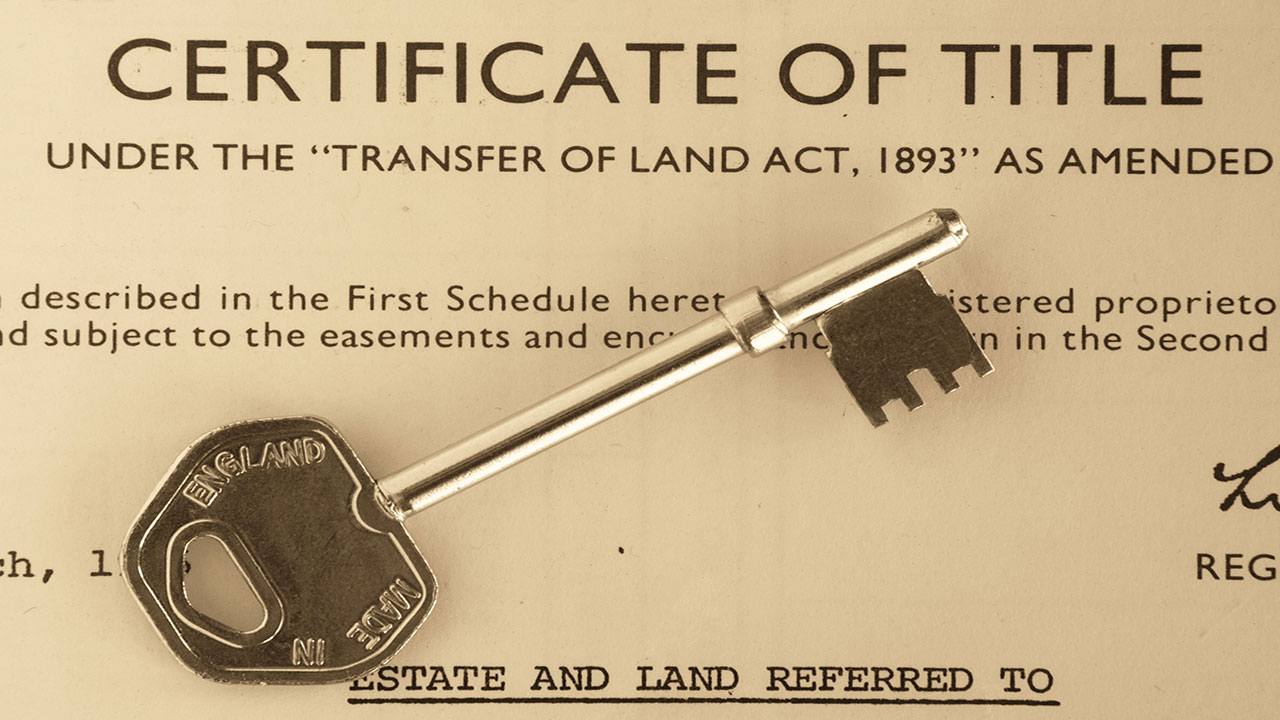Why Do Listings Go Back on the Market?

Sellers have the best of intentions when they put their home on the market. Obviously, the goal is to find a willing and qualified buyer as soon as possible who will offer the big bucks. But sometimes things don’t go as planned, and some sellers wind up with a listing that just isn’t selling.
Even if a deal is reached between a buyer and seller, the deal can still fall through. In fact, there are a number of things that can happen after an offer is accepted, forcing the deal to fall through and causing the seller to have to start from scratch.
In many cases, these listings are taken down for a certain amount of time, then put back up. The question is, what are the reasons why listings end up being yanked from the market, only to wind up back on it sometime later?
The Buyer’s Mortgage Fell Through

One common reason for a deal to fall through is if the buyer is unable to secure a mortgage. Even when buyers are pre-approved for a home loan, anything can happen up to the time that final mortgage approval is required.
The buyer may have taken a pay cut, taken out additional debt, or missed payments on other loans that caused their credit score to plummet. Whatever happened could have given the lender reason to deny the mortgage. And when that happens, there’s no deal. The listing will then go from “sold conditionally” to “active” once again in hopes that another buyer comes around sometime soon.
There Were Major Problems With the Home Inspection
One of the biggest reasons for a listing to have to hit the market again is because of a failed home inspection. If a home inspection contingency is included in an offer, the buyer has the option to back out of the deal if they are not satisfied with the home inspection report. If a major issue is identified during the home inspection, the deal could be quashed.
A Contingency Was Not Fulfilled

Financing and home inspection contingencies are the two most common clauses that real estate deals have, but there are plenty of others that either the buyer or seller may include in the contract. All contingencies that are included in a real estate contract must either be fulfilled or waived. If neither one of these things happens before their respective expiry dates, the deal can become null and void.
Certain Items Were Not Disclosed
Sellers are required by law to disclose certain known issues with the property they are selling. These disclosures are required in order to make sure that buyers are making a fully informed purchasing decision. In California, sellers are required to disclose the following:
Working condition of appliances
Defects
Malfunctions
Flooding problems
Lead paint
Asbestos
Death in the home
Drainage problems
Earthquake faults
All disclosures must be made in writing. If these disclosures are not made in a timely manner – or not at all – the buyer may refuse to continue with the deal.
The Title Search Discovered a Problem

All sorts of issues can exist on title. That’s why it’s recommended that buyers pay to have a title search conducted to make sure the title is free and clear of any issues before they agree to go ahead with the purchase. If something does come up on the title search, the deal might not be able to go through.
For example, there may be liens on title that need to be cleared before the sale can proceed. Or perhaps the seller is not legally on title and therefore not allowed to make the decision to sell the home. Any issues discovered with the title of a home will have to be cleared, or else the deal won’t be carried out.
The Original Listing Became Stale
Sometimes listings sit on the market for much longer than buyers intend them to. There could be any number of reasons why a listing isn’t able to attract buyers, but one of the more common reasons is an inflated price. The listing price for a home is one of the most important aspects of selling.
Listing too high can scare off buyers who would otherwise have considered a home if it had been priced right. As time goes on, buyers may then choose to drop the price in an effort to stir up more interest in the home.
But oftentimes, the listing becomes “stale,” leaving buyers wondering what’s wrong with the home. Rather than letting the listing continue to get older, many buyers decide to pull the listing and relist with a completely new price.
The Buyer Changed Their Mind

Sometimes, buyers experience the dreaded “buyer’s remorse,” leaving them wishing they had never agreed to the offer. Considering how much a home purchase costs, it’s understandable that buyers who have had a change of heart may want to back out of a very expensive deal.
While they risk losing their deposit and even facing legal action, buyers can and do back out of real estate deals, leaving sellers scrambling to get their homes back on the market.
The Bottom Line
Buyers who are keeping a close eye on listings in their area might notice new listings that look strikingly similar to others that have recently gone off the market. There are several reasons why listings hit the market again. Whether you’re a buyer or seller, knowing why certain homes come back on the market might be useful information to help you learn from others’ mistakes and avoid making them yourself.




